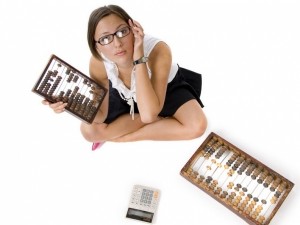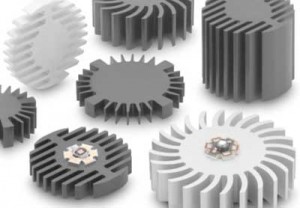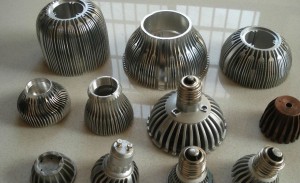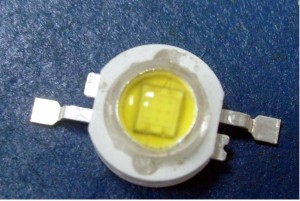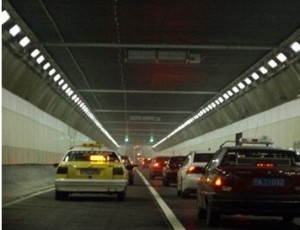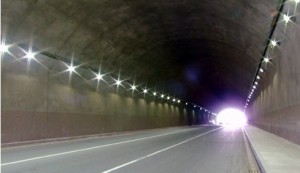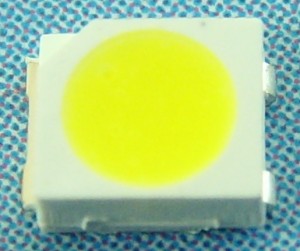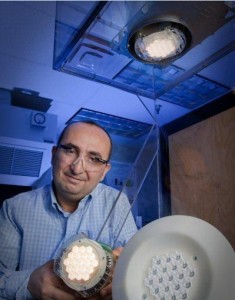One problem: there is no real openning market
As we all know, because of insufficient penetration of LED lamp market, the public to the LED Lights has been in a stranger. Although some companies in the industry is the leading brand within the industry. However, first-class brand to get consumers in the market really agree with and trust of the public seemed to have never seen. The eyes of the entire industry to market has always been on a test the water of the hotel, shopping malls goals and national mandatory bidding poor small-scale projects.
We all see that, huge market cake only have a trace of smal share of the points. The swarm of LED Street Light companies head long into this narrow space, desperately hoping to grab and cheap runs. It is not difficult to see that all the them driven to the wall, no positive sign of industrial market. The vast LED lamp market is secretly laughing at the side.
Second Problem: marketing efforts far not in place
LED industry sales model has been too independent on the traditional dealer channel, an irreversible emerging power of fresh forces are creeping up. They are the professional managers.
“See rabbits not spread eagle”, the market is still being in the range of tepid. Because the narrow eyes and professional degree is not enough, traditional dealers keep established in onimmediate gains and losses and the current interest. In the face of the ooperating costs and other costs of store, the dealers have the time and effort to advocate the business of the main products. How many professionalism for the people who are accustomed to wait and see. In fact, it seems also reasonable. Dealers will not be the real push hands for the LED lamp market. When the market have truly effective and quick start, the dealers who lack of long-term vision are bound to rush into mass action. Thus, the future of the LED High Bay market is bound to repeat the mistakes of the traditional lighting industry, the situation in the industry as a whole turn will turn into a vicious circle and disorderly the chaotic situation. Therefore, The hope and future of the LED can not be pinned on the top of traditional distributors.

